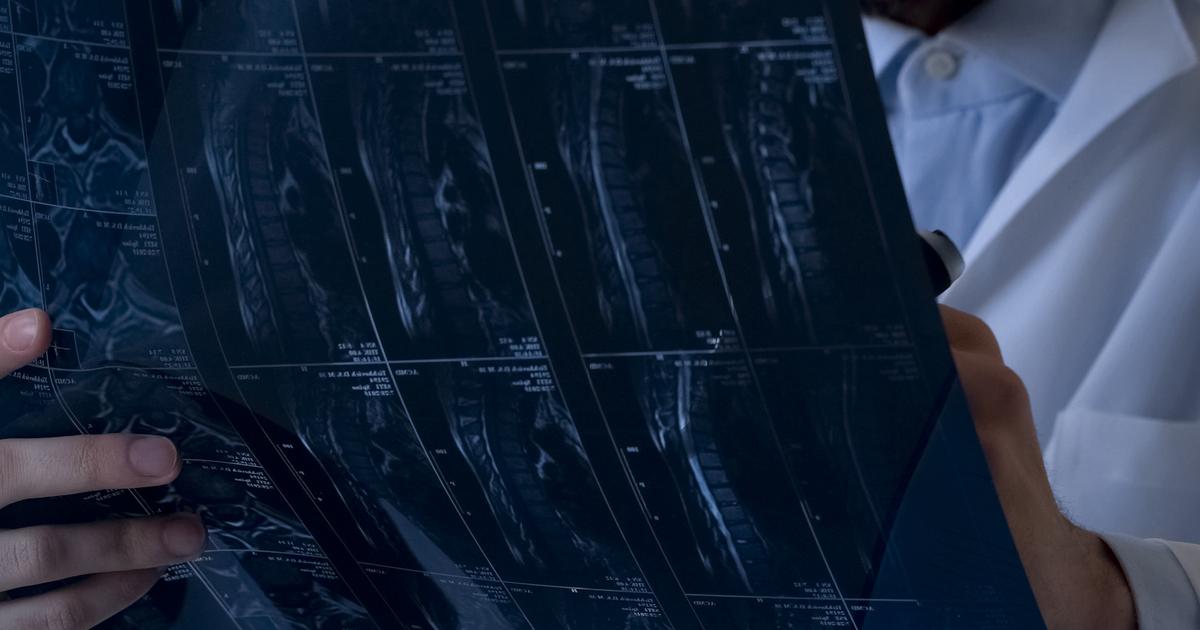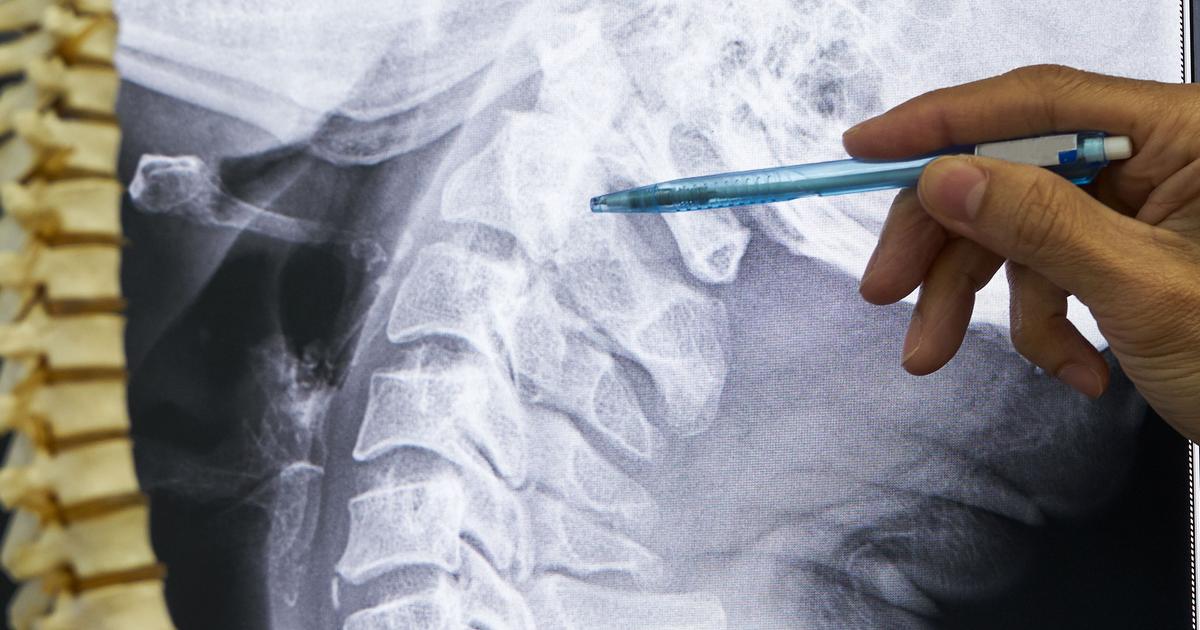Guide To The Locations And Types Of Spinal Cord Injuries
Spinal cord injury describes any damage that occurs to any region of the spinal cord or the lower spinal canal nerves. Spinal cord injuries can permanently alter an affected individual's sensations, strength, and any other functions of their body that involve nerves located underneath the site of their injury. General symptoms that occur with a spinal cord injury include movement loss, sensation loss, abnormal sensations, bladder or bowel incontinence, pain, breathing difficulty, exaggerated reflexes, and changes in sexual function. Most spinal cord injuries are the result of motor vehicle accidents, violence, sports, disease, alcohol, and falls. Diagnosis of a spinal cord injury can be made using X-rays, CT scans, and MRI. Treatment revolves around improving quality of life and preventing further injury since there is no way to reverse spinal cord damage.
A spinal cord injury can affect any of four different spinal sections and can be classified into two different spinal cord injury types. Get the details on this now.
Complete Versus Incomplete

A patient's spinal cord injury may be classified into one of two different types: a complete or incomplete spinal cord injury. When an individual has a complete spinal cord injury, it means they have completely lost all movement and sensation function below the site of their injury. When a patient has an incomplete spinal cord injury, it means they still have some ability to move or feel below the site of their injury, since the spine is not entirely severed. There are several types of incomplete spinal cord injuries. Anterior cord syndrome occurs when the front of an individual's spinal cord becomes damaged and results in impairment of temperature sensation, movement, pain, and touch underneath the site of the injury. Central cord syndrome occurs when the center of the spinal cord becomes damaged and results in functional loss of the arms and partial loss of function in the legs. Posterior cord syndrome occurs when the back of an individual's spinal cord becomes damaged, resulting in poor coordination but preserves muscle power, temperature sensation, and pain sensation. Brown-Sequard syndrome occurs when one side of a patient's spinal cord becomes damaged, and it results in one side of the body losing movement with the other side of the body losing sensation or vice versa.
Learn about the first location of spinal cord injury next.
Cervical Spinal Cord Injuries

When an individual incurs damage to the part of the spinal cord above the shoulders and closest to the neck and head, it is referred to as a cervical spinal cord injury. An individual's C1 to C7 vertebral levels make up their cervical spine, with C1 to C4 being the high-cervical nerves and C5 to C8 being the low-cervical nerves. Cervical spinal cord injuries compared to other types of spinal cord injuries are the most severe and result in the most loss of function. When an individual experiences a spinal cord injury at the C1 or C2 level, it is usually fatal. Quadriplegia or full paralysis typically result from spinal cord injuries at the C3 or C4 level. Individuals who experience a spinal cord injury between the C5 and C8 levels may be able to retain the ability to speak normally and breathe on their own but lose limb functionality. An individual who survives a cervical spinal cord injury may be unable to control bladder function, bowel function, and groom or dress themselves. Most patients who have a cervical spinal cord injury require twenty-four-hour care long term, if not for the rest of their life.
Read more about the locations of spinal cord injuries now.
